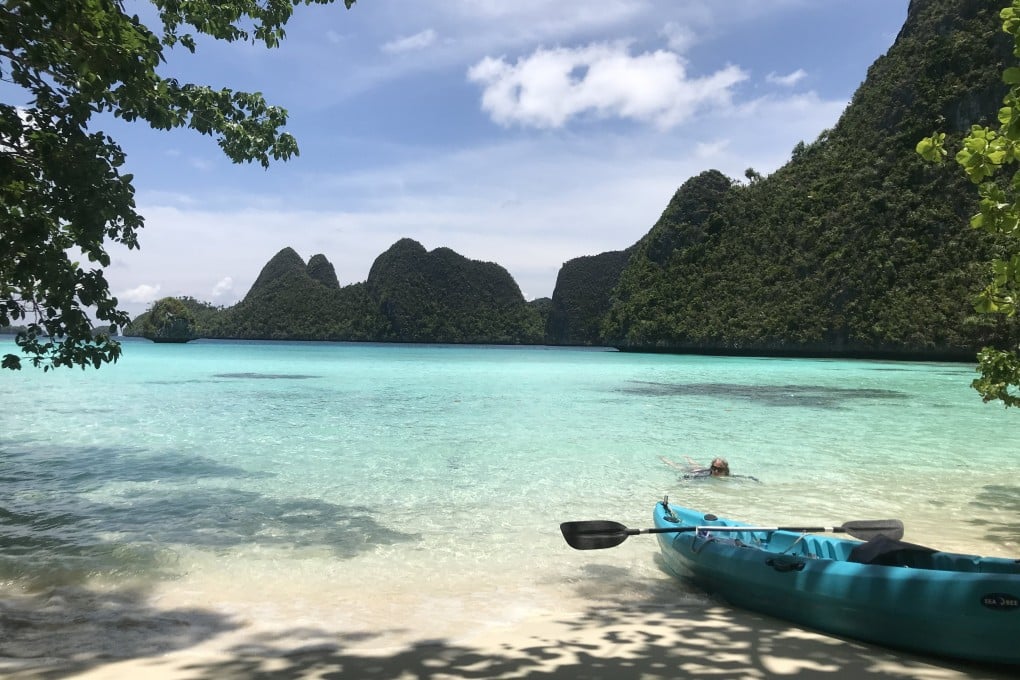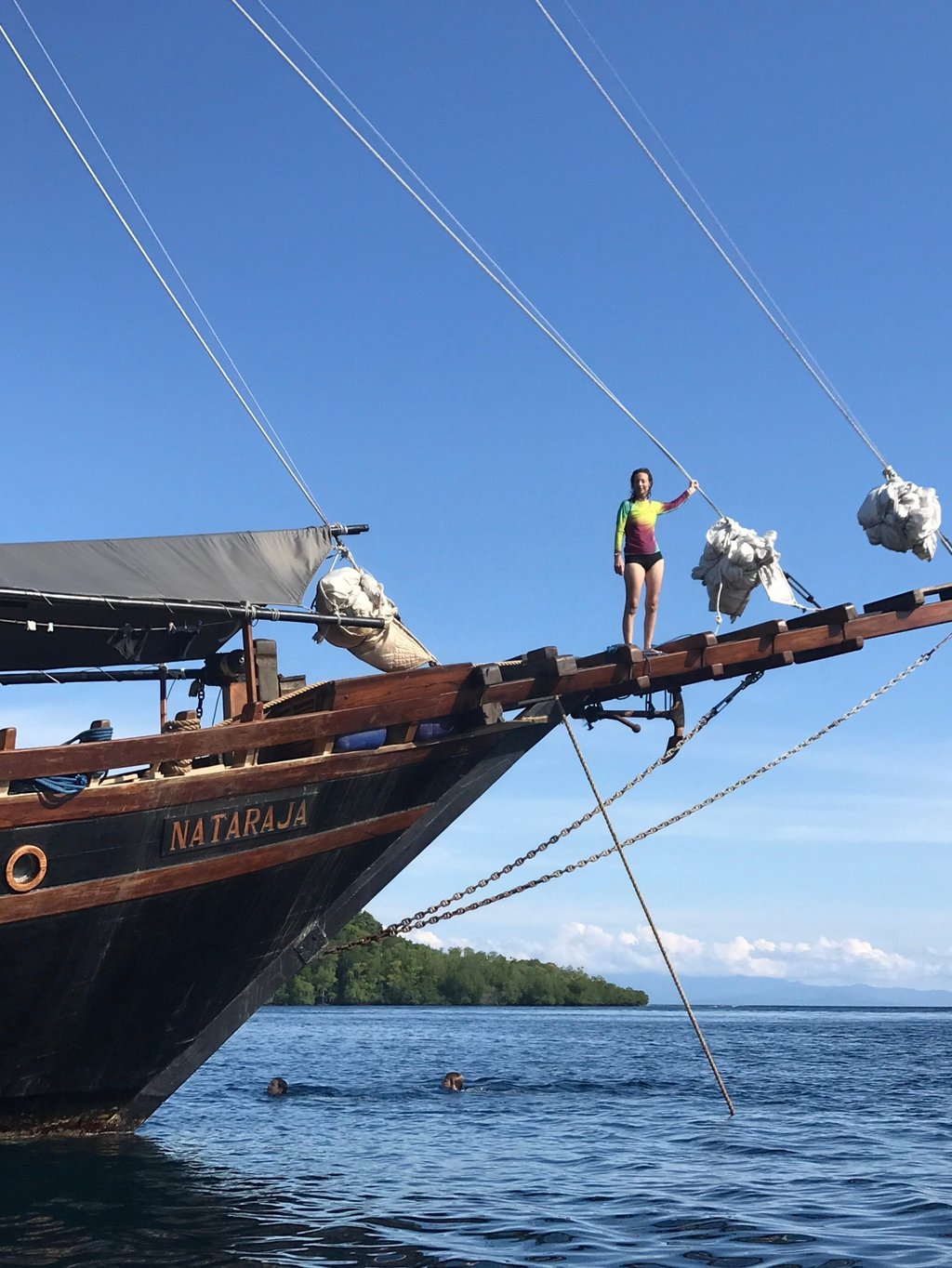Sailing Indonesia’s Raja Ampat archipelago: a place that deserves to be called paradise (especially after a good beach clean-up)
- Raja Ampat comprises some 1,500 coral-fringed islands in crystal-clear waters in Indonesia’s West Papua province
- The area is stunning, with natural beauty, huge biodiversity, and the best way to visit is by liveaboard boat

Descriptions such as breathtaking, picture-postcard, earthly paradise and awe-inspiring are so overused in travel writing, they are almost meaningless. In truth, they should be saved for places like Raja Ampat, an archipelago of some 1,500 turquoise-rimmed islands scattered throughout the crystal clear waters of Indonesia’s far-flung West Papua.
One of the world’s last remaining tropical paradises, its jungle-filled islands, coral-fringed cays and coconut freckled beaches are the stuff of movies and magazine covers.
The marine biodiversity is equally unmatched. The region’s converging tropical currents and volcanic geological activity have resulted in habitat growth that supports myriad sea creatures including close to 1,700 species of reef fish, 700 species of molluscs and 600 species of hard coral.
I’m exploring this incredible place like most visitors do, on a liveaboard sailing boat, Captain Jack Sparrow-style. The 12-berth, 32-metre Nataraja is a traditional phinisi sailing boat, hand-built from ironwood by Buginese craftsmen on the Indonesian island of Sulawesi.

Its sails are for show, nowadays, as are those on most of the phinisi that are retrofitted for leisure, but its two masts and timber-planked hull – pointed at the bowsprit and squared off at the stern – cut a fine figure navigating through the archipelago’s 70,000 sq km.